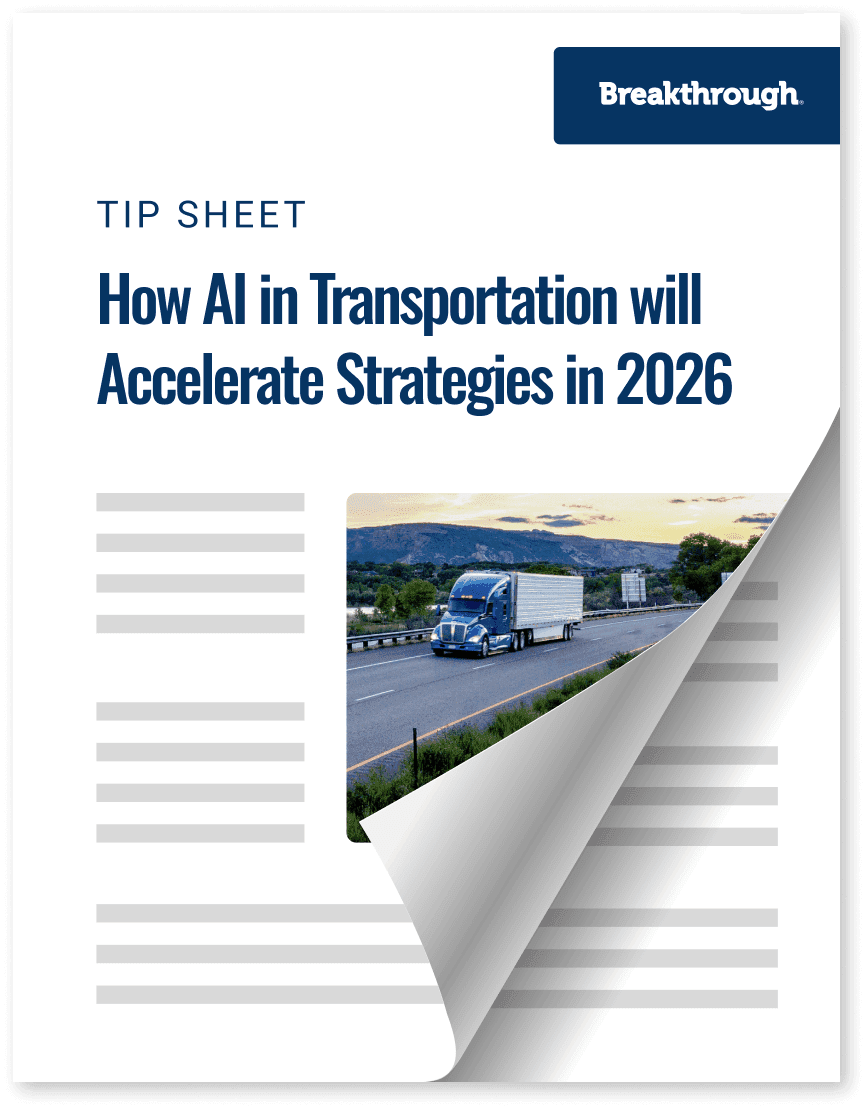How AI in Transportation will Accelerate Strategies in 2026

Trending
Top Posts
Fuel
Why Do Shippers Use The DOE Fuel Surcharge? A History Of The National Fuel Surcharge
5 min read
December 5, 2025
Market Events
How Ukrainian Drone Strikes on Russian Refineries Impact Your Fuel Costs
6 min read
November 20, 2025
Freight
The Definitive Guide on Fuel Management Systems
7 min read
November 11, 2025
4 min read
November 25, 2020

Share:
Table of contents
Browse the table of contents to jump straight to the part you’re looking for
In the shipper-carrier relationship, we often hear narratives that discuss what shippers need to do to be a “shipper of choice.” As in most transportation relationships, rail shippers have the economic responsibility to pay for the movement of their goods, so they should also have a say in the standards with which they move.
This tension between railroads and their customers has been around for a long time. Some of these customers would be visibly angry at the railroads and the STB. I felt as if something could be done to improve this relationship between two groups that clearly needed each other.
The most important thing that could be done by the railroads would be to change their tone. While the rail industry certainly took its service to customers seriously, I noticed there were times when customers received inadequate and sometimes dismissive responses when they had service issues. I struggled to understand why this would occur when dealing with their own customers.
Over time, I learned that it was not uncommon for a railroad to have market power over its customer. In other words, some rail customers had only one railroad that served them, and other modes of transportation were not feasible. I also learned that the rail industry had gone through significant consolidation since the 80s resulting in less rail competition. Having this type of control over its customers may explain why railroads’ tone to its customers is not always as positive and helpful as one would think it would be.
However, a change in the tone of an entire industry that has this unusual market power in certain instances will not be easy. I do believe it would start to alleviate some of the issues that are constantly being fought over between these companies, including rates, competitive access, and service. A more open dialogue, possibly through a railroad/shipper committee, could lead to these parties working through some of the issues that shippers are voicing in the press and before the STB.
Matt Snider discusses committees, consortiums, and other forms of collaboration in this blog.
Lately, the Class I railroads have been focused on precision scheduled railroading (PSR), which is a model that cuts expenses and improves operating ratios. It has led to significant increases in railroads’ stock prices. Many rail shippers have found this model hurting their service, making the railroads less flexible to freight volume increases as they continue to cut back employees.
At some point, PSR will no longer lower operating ratios because railroads can only reduce expenses so much. At that point, the question will be what path makes the most sense for the railroads. I believe the next phase in the industry may lead to railroads trying to increase their revenues by seeking traffic they may have not pursued recently because it did not fit in the PSR model.
Read more about factors leading to rail hub congestion in 2020, here.
Increasing revenues would help railroads grow which also could lead to higher stock prices. However, the traffic that the railroads have not been pursuing as aggressively while following the PSR model may become more competitive. This would mean railroads would have to be more responsive to these customers’ needs to win new business. Better responsiveness would result in better relationships between railroads and rail shippers.
In the end, bringing railroads and their shippers closer together would be good for everyone. Better communication would eliminate ongoing litigation and regulatory battles while improving safety and service.
The greatest challenge that would need to be overcome is this long-standing mindset that this conflict is the best route for the parties. If we surveyed both parties about this relationship, it is certain that both sides would agree that better relations would be a positive step. The question is, how can these groups come together after all these years of fighting one another in DC?
I believe the best route is a committee that brings all the major players together in one room. The parties could work together to craft new regulations on the issues that now end up before federal agencies and courts. The STB already has a few committees that foster discussion like this but have led to few results. The key would be having an open mindset to work together to solve the issues between them. Otherwise, we can continue down the path of fighting over these issues which generally leads to nowhere.

5 min read
December 5, 2025
The DOE fuel surcharge is an outdated, inaccurate method for fuel reimbursement. Learn why it costs you money and discover a modern, market-based alternative.
Read more
6 min read
November 20, 2025
Understand the impact of Ukrainian drone strikes on Russian refineries. Learn why diesel prices are volatile and how to protect your budget from market shocks.
Read more
7 min read
November 11, 2025
Discover how fuel management systems cut costs, track emissions, and improve reimbursement accuracy for modern freight operations.
Read more